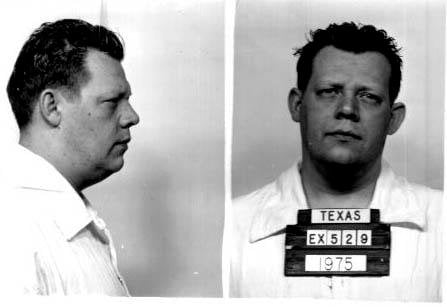
It was raining in Pasadena, Texas, on Halloween night 1974. But local children swarmed the streets regardless, buoyed by the promise of lollies and chocolates held behind decorated doors.
Among those trick-or-treating were eight-year-old Timothy O'Bryan and his five-year-old sister, Elizabeth, accompanied by their optician father Ronald Clark O'Bryan. The family were from nearby Deer Park, but had arranged to join a friend from church, Jim Bates, and his two young children, in their more affluent neighbourhood.
The group approached a darkened house and knocked. When no one answered, the impatient children moved on, and Jim Bates moved along with them.
A short time later, Ronald O'Bryan, who'd hung back at the darkened home, caught up with them. His hands were stuffed with five giant Pixy Stix — a colourful, powdered sweet that comes packaged in paper straws.
"You’ve got rich neighbours," he told Bates, giving one to each of the children. "Look what they're handing out."
Listen: True Crime Conversations delves into some of Australia's most infamous cases, with the people who know them best.
Back at home later that evening, Timothy asked to eat one final lolly from his haul before he went to bed. He chose the Pixy Stix.
The candy inside was clumpy, Timothy told his father, who then crushed it a little inside the straw. And it tasted bitter.
Within minutes of swallowing, Timothy was vomiting and convulsing. Ronald phoned an ambulance, but the boy died on route to the hospital.
A frantic search uncovered the four other Pixy Stix: neither Elizabeth O'Bryan nor the Bates children had opened theirs. Ronald had given the other to a trick-or-treater who came by their home later in the evening.

